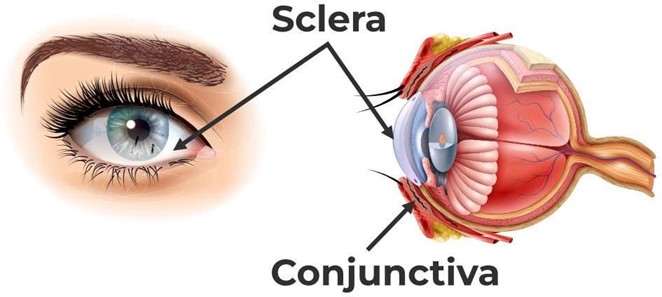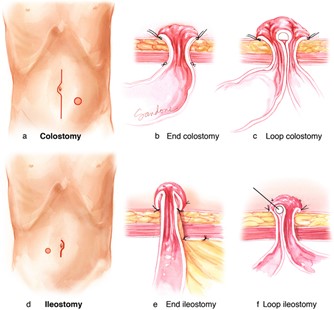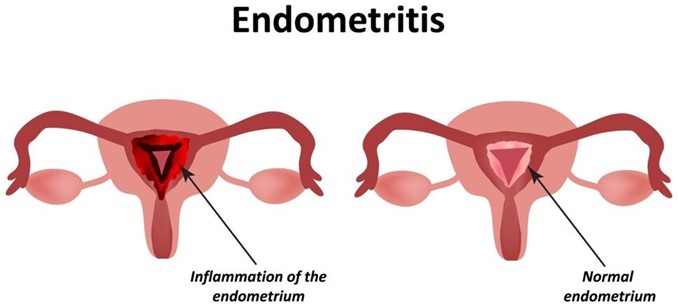When gathering data about a client with dark skin tones, which site should the practical nurse (PN) observe?
Hands and feet.
Forehead and face.
Finger and toe nails.
Sclera and mucous membranes.
The Correct Answer is D
This is the best site for the PN to observe because it allows for the detection of changes in color, such as pallor, cyanosis, or jaundice, that may not be visible on the skin surface. The sclera and mucous membranes are less pigmented than the skin and reflect the underlying blood flow and oxygenation.

A. Hands and feet are not the best site for the PN to observe because they may be affected by peripheral circulation, temperature, or edema, which can alter the color of the skin.
B. Forehead and face are not the best site for the PN to observe because they may have increased pigmentation or variations in tone that can mask changes in color.
C. Finger and toenails are not the best site for the PN to observe because they may be affected by nail polish, fungal infection, or trauma, which can alter the color of the nails.
Nursing Test Bank
Naxlex Comprehensive Predictor Exams
Related Questions
Correct Answer is A
Explanation
This is the best action for the PN to implement because it addresses the client's question and provides an opportunity to educate the client about fecal diversion surgery and its outcomes. The PN should review the type, location, and appearance of the surgical opening (stoma) and explain how it will affect the client's elimination and body image.

B. Verifying that the client had nothing by mouth (NPO) for the past 24 hours is not relevant to the client's question and does not provide any information or support.
C. Asking the client if he finished the bowel sterilization prescription is not relevant to the client's question and does not provide any information or support.
D. Determining if this is the first indwelling catheter the client has had is not relevant to the client's question and does not provide any information or support.
Correct Answer is D
Explanation
This is the finding that the PN should instruct the postpartum client to report to the charge nurse because it may indicate an infection, such as endometritis, mastitis, or urinary tract infection, that requires prompt treatment. The PN should also instruct the client to monitor for other signs of infection, such as foul-smelling lochia, redness or tenderness of the breasts, or dysuria.

A. Increased diaphoresis during the day and night is a normal finding in the postpartum period and does not need to be reported. It is caused by hormonal changes and fluid shifts that occur after delivery.
B. Breast engorgement on the fourth postpartum day is a normal finding in the postpartum period and does not need to be reported. It is caused by increased blood flow and milk production in the breasts.
C. Lochia color that changes to light pink or white is a normal finding in the postpartum period and does not need to be reported. It indicates that the uterine lining is healing and regenerating after delivery.
Whether you are a student looking to ace your exams or a practicing nurse seeking to enhance your expertise , our nursing education contents will empower you with the confidence and competence to make a difference in the lives of patients and become a respected leader in the healthcare field.
Visit Naxlex, invest in your future and unlock endless possibilities with our unparalleled nursing education contents today
Report Wrong Answer on the Current Question
Do you disagree with the answer? If yes, what is your expected answer? Explain.
Kindly be descriptive with the issue you are facing.
